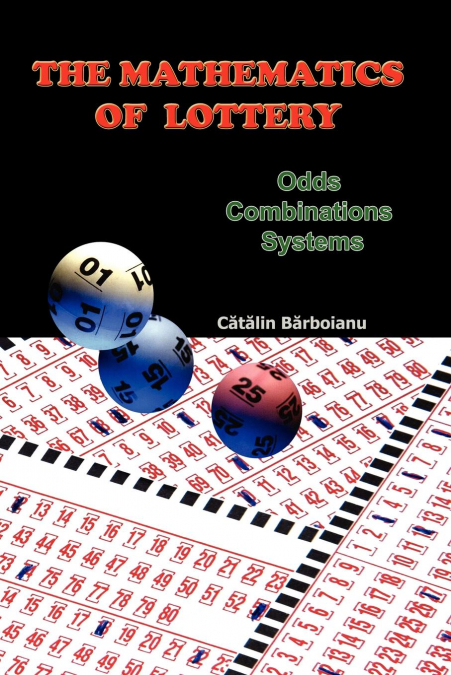
 Librería Desdémona
Librería Desdémona
 Librería Samer Atenea
Librería Samer Atenea
 Librería Aciertas (Toledo)
Librería Aciertas (Toledo)
 Kálamo Books
Kálamo Books
 Librería Perelló (Valencia)
Librería Perelló (Valencia)
 Librería Elías (Asturias)
Librería Elías (Asturias)
 Donde los libros
Donde los libros
 Librería Kolima (Madrid)
Librería Kolima (Madrid)
 Librería Proteo (Málaga)
Librería Proteo (Málaga)
Relación de autores.-Abreviaturas.-Introducción, por Jesús A. Martínez Martín.-PRIMERA PARTE. LA POLÍTICA DEL LIBRO.EL ESTADO Y LA EDICIÓN.-Capítulo I. Editar en tiempos de dictadura. La política del libro y las condiciones del campo editorial, por Jesús A. Martínez Martín.-Capítulo II. La censura editorial. Depuraciones de libros y bibliotecas, por Eduardo Ruiz Bautista.-Capítulo III. La modernización de la censura: la Ley de 1966 y su aplicación, por Carmen Menchero de los Ríos.-Capítulo IV. Los organismos del libro y el corporativismo editorial. El Instituto Nacional del Libro Español, por Ana María Rodrigo Echalecu.-Capítulo V. Libro, propiedad intelectual y derechos de autor, por Carlos Rogel Vide.-Capítulo VI. La política bibliotecaria de posguerra: 1939-1951, por Ana María Rodrigo Echalecu.-Capítulo VII. La redención por las letras. la lectura en las prisiones de posguerra, por Gutmaro Gómez Bravo.-Capítulo VIII. El Servicio Nacional de Lectura: (1952-1975), por Roberto Torres Blanco.-Capítulo IX. Las publicaciones oficiales. Editora Nacional, por Fernando García Naharro.-SEGUNDA PARTE. LA ECONOMÍA DEL LIBRO. LA INDUSTRIA EDITORIAL.-Capítulo X. La autarquía editorial. Los años cuarenta y cincuenta, por Jesús A. Martínez Martín.-Capítulo XI. El capitalismo de edición moderno. Las empresas editoriales: negocios, política y cultura. los años sesenta, por Jesús A. Martínez Martín.-Capítulo XII. La transición editorial. Los años setenta, por Jesús A. Martínez Martín.-Capítulo XIII. Las empresas periodísticas: el negocio de la influencia, por Juan Carlos Sánchez Illán.-Capítulo XIV. La producción impresa. Precios, volumen y tiradas, por Isabel Martín Sánchez.-Capítulo XV. Las artes gráficas y la fabricación del libro, por José Bonifacio Bermejo Martín.-Capítulo XVI. Formas y formatos. El libro de bolsillo, por Christine Rivalan Guégo.-Capítulo XVII. El libro ilustrado: visibilidades estratégicas, por Marie-Linda Ortega Kumtscher.-Capítulo XVIII. Los editores españoles en el exterior. el exilio, por Juan Carlos Sánchez Illán.-Capítulo XIX. La internacionalización de los editores. Los mercados exteriores, por María Fernández Moya.-Capítulo XX. La circulación comercial y social del libro. Las formas de consumo letrado y los clubes de lectura, por Jesús A. Martínez Martín.-TERCERA PARTE. LA CULTURA DEL LIBRO. LOS GÉNEROS Y LA ESPECIALIZACIÓN EDITORIAL. LOS PÚBLICOS LECTORES.-Capítulo XXI. Las ediciones literarias, por Jordi Gracia García.-Capítulo XXII. Las colecciones populares: literatura de quiosco y tebeos, por José Carlos Rueda Laffond.-Capítulo XXIII. El libro escolar, por Antonio Viñao Frago.-Capítulo XXIV. Libros infantiles y juveniles, por Jaime García Padrino.-Capítulo XXV. Libros y revistas para las mujeres, por Nuria Capdevila-Argüelles.-Capítulo XXVI. Las editoriales católicas y los libros religiosos, por Carlos Nieto Sánchez.-Capítulo XXVII. La edición académica. Las ediciones científicas y el libro técnico, por Fernando García Naharro.-Capítulo XXVIII. El ensayo y los libros en ciencias sociales, por Pedro Rújula López.-Capítulo XXIX. Editoriales disidentes y el libro político, por Carmen Menchero de los Ríos.-Capítulo XXX. Editoriales y libros en catalán, gallego y euskera, por Jesús A. Martínez Martín.-Capítulo XXXI. El orden en los libros (enciclopedias, diccionarios) y los libros en orden (control bibliográfico, repertorios y catálogos), por Fermín de los Reyes Gómez.-Capítulo XXXII. La edición de bibliófilo, por Juan Antonio Yeves Andrés.-Fuentes documentales y bibliografía.-Índice de personas.-Índice de editoriales, publicaciones periódicas e instituciones.
This work is a complete mathematical guide to lottery games, covering all of the problems related to probability, combinatorics, and all parameters describing the lottery matrices, as well as the various playing systems. The mathematics sections describe the mathematical model of the lottery, which is in fact the essence of the lotto game. The applications of this model provide players with all the mathematical data regarding the parameters attached to the gaming events and personal playing systems. By applying these data, one can find all the winning probabilities for the play with one line (for each category in part or cumulatively), and how these probabilities change with playing the various types of systems containing several lines, depending on their structure. Also, each playing system has a formula attached that provides the number of possible multiple prizes in various circumstances. Other mathematical parameters of the playing systems and the correlations between them are also presented.The generality of the mathematical model and of the obtained formulas allows their application for any existent lottery (including variations like Keno) and any playing system. Each formula is followed by numerical results covering the most frequent lottery matrices worldwide and by multiple examples predominantly belonging to the 6/49 lottery.The listing of the numerical results in dozens of well-organized tables, along with instructions and examples of using them, makes possible the direct usage of this guide by players without a mathematical background. The author also discusses from a mathematical point of view the strategies of choosing involved in the lotto game. The book does not offer so-called winning strategies (proving that the only strategy is that of choosing), but helps players to better organize their own playing systems and to confront their own convictions (so many times based on false perceptions) with the incontestable reality offered by the direct applications of the mathematical model of the lotto game.As a must-have handbook for any lottery player, this book offers essential information about the game itself and can provide the basis for gaming decisions of any kind. 3